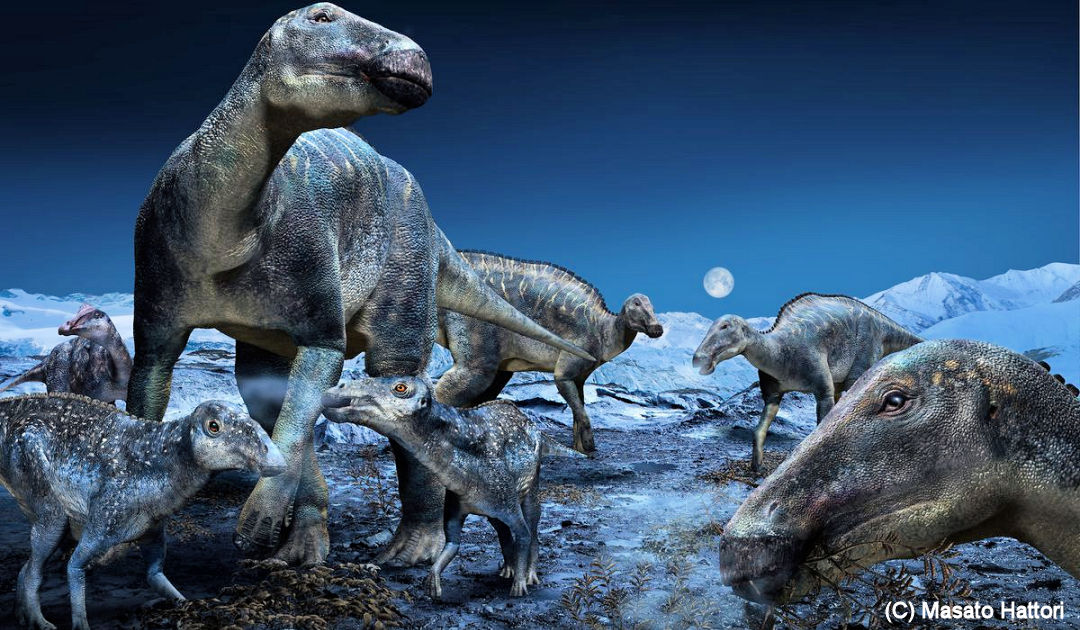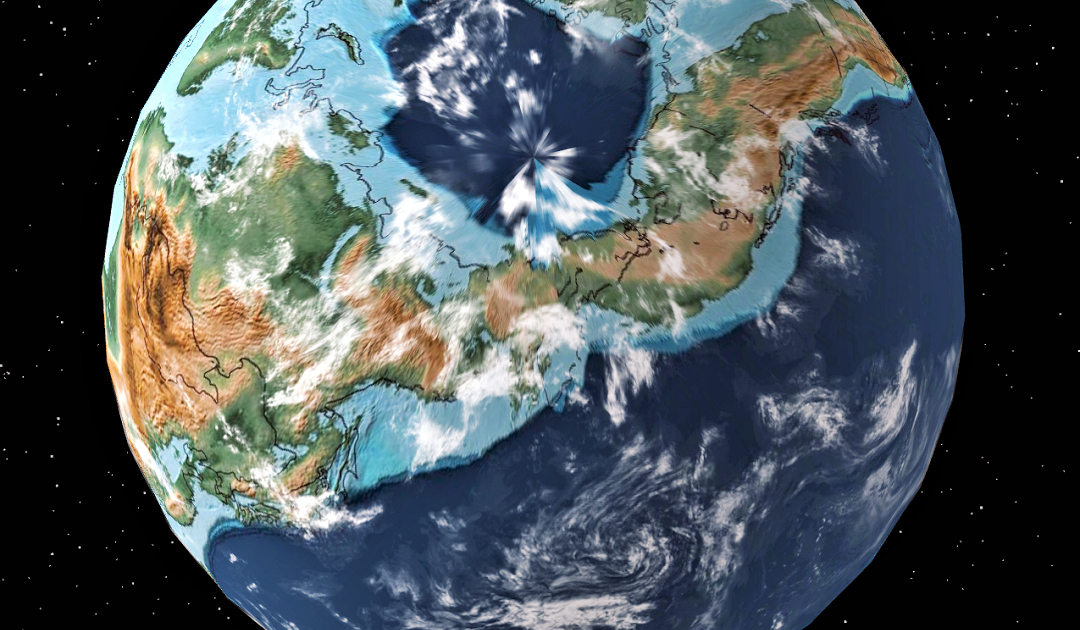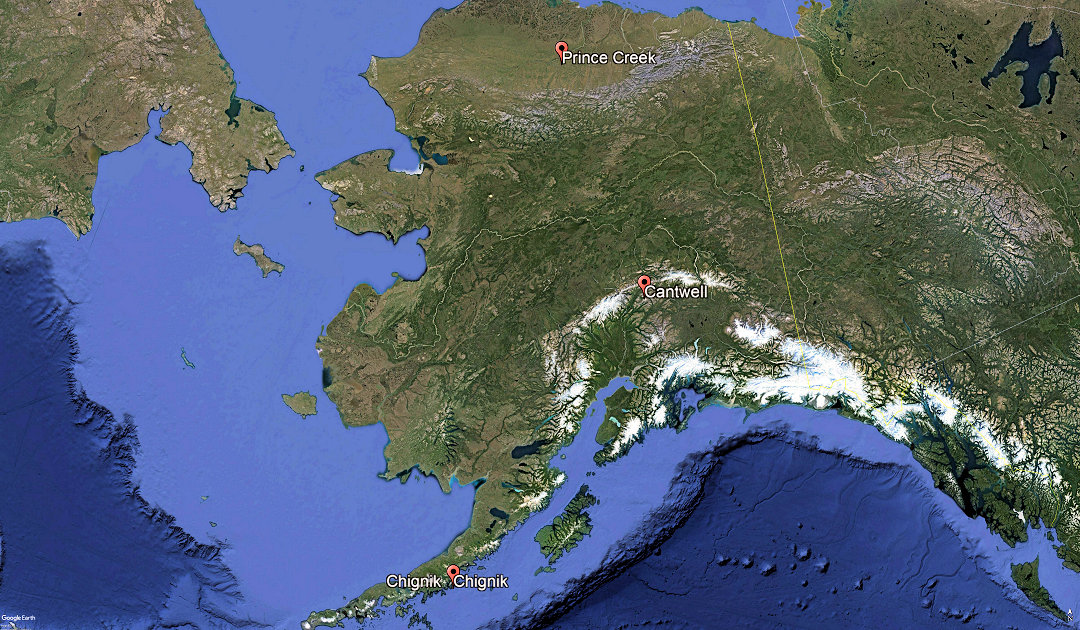
The scene went down in film history: a T-Rex trudges through a forest landscape at night in pouring rain in search of prey, seemingly unperturbed by all the water from above. Even though the movie “Jurassic Park” was set on a subtropical island near Costa Rica, the image has an Arctic analogy. Because U.S. and Japanese researchers found that precipitation was one of the factors responsible for the distribution of dinosaurs in Alaska, not temperatures.
The research by the team, which was led by Professor Paul McCarthy of the University of Alaska Fairbanks, concluded that precipitation was much more important in the distribution of dinosaur families in Arctic Alaska than temperatures. This means that hadrosaurs (duck-billed dinosaurs) such as Edmontosaurus, whose bones were discovered in Alaska in 2015, tended to prefer the northern areas towards the North Pole with their greater amounts of precipitation. Presumably they were already at that time the dominant dinosaur group so far north. At least this is what bone finds in the various study areas suggest. The team published the results in the journal Geosciences.


Researchers led by the study’s lead author, Anthony Fiorillo of Southern Methodist University in Texas, examined soil deposits and their environment at the time at three different rock formations in northern, central, and southern Alaska, all dating to the Late Cretaceous, between 66 – 83 million years old. The goal was to use the samples in order to create the paleoclimate of the region and compare it to the distribution of two different groups of dinosaurs, the duck-billed dinosaurs and the ceratopsids, which include the well-known Triceratops. “The reason we’ve been looking at Cretaceous environments up here is because Earth was in a greenhouse state then,” Paul McCarthy explains. “It offers the potential to provide analogs to what we might see, eventually, if global warming continues.”

Using the soil samples and the mineral compositions, chemical constituents and microscopic particles of the fossilized soil it contained, the team was able to show that precipitation increased from south to north, but temperatures decreased. At the same time, they discovered a stronger correlation between dinosaur abundance and precipitation. Hadrosaurs liked it therefore rather wet and the temperature played a less important role than with the Ceratopsids. These tended to be native to the drier and better drained regions of southern Alaska. Because initial analyses of the samples were inconclusive, the research team looked for more clues. It was only with the help of dental results of a previous study and their analysis that it was confirmed that precipitation had played a somewhat more important role.
Dr Michael Wenger, PolarJournal
More on the subject:





